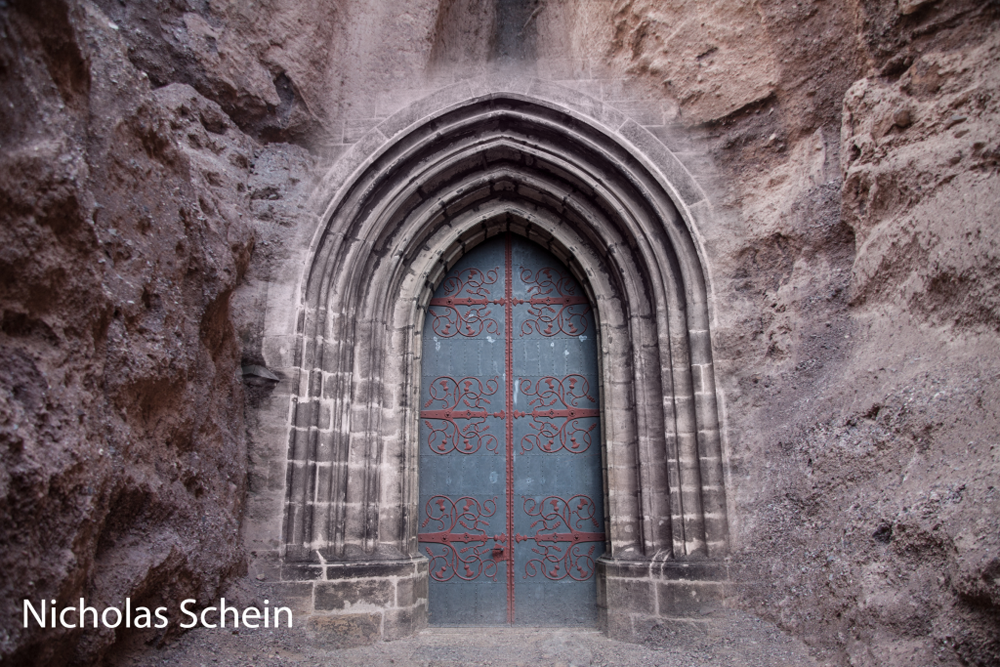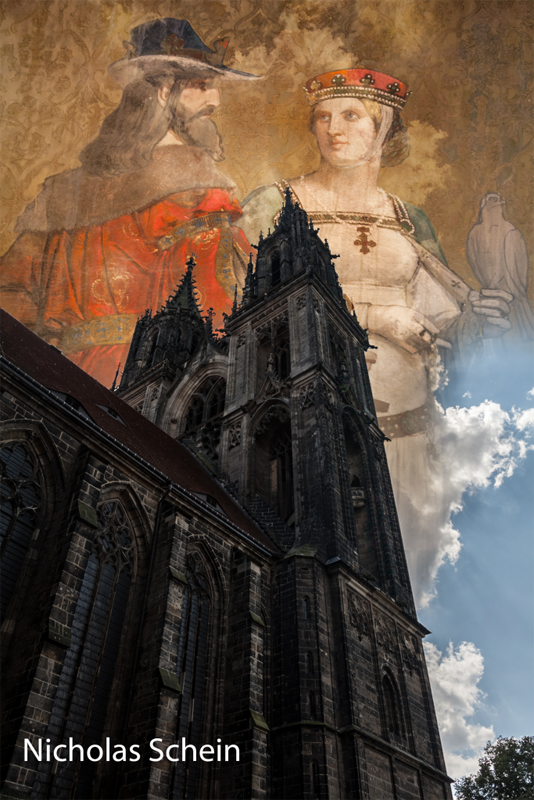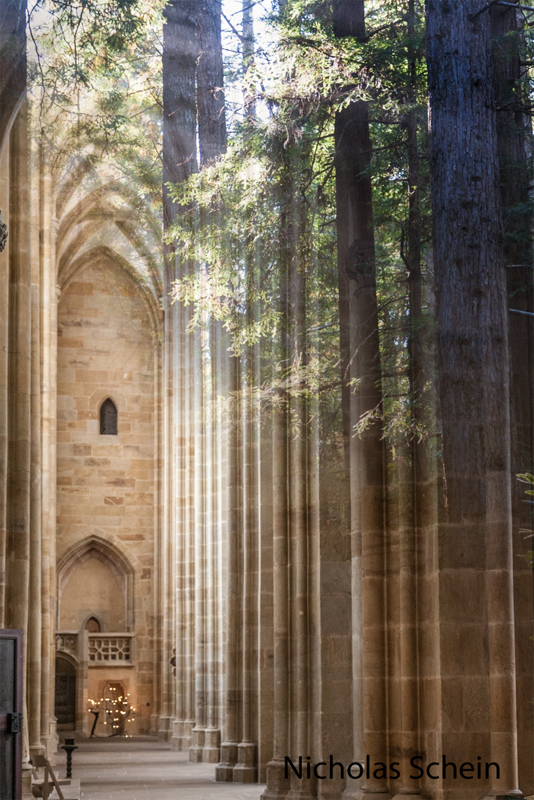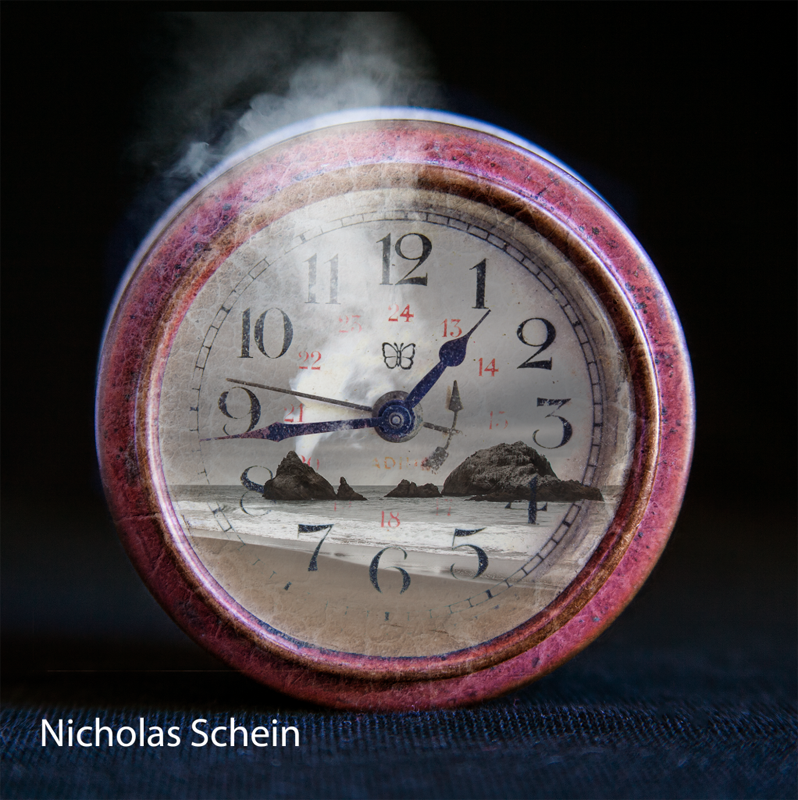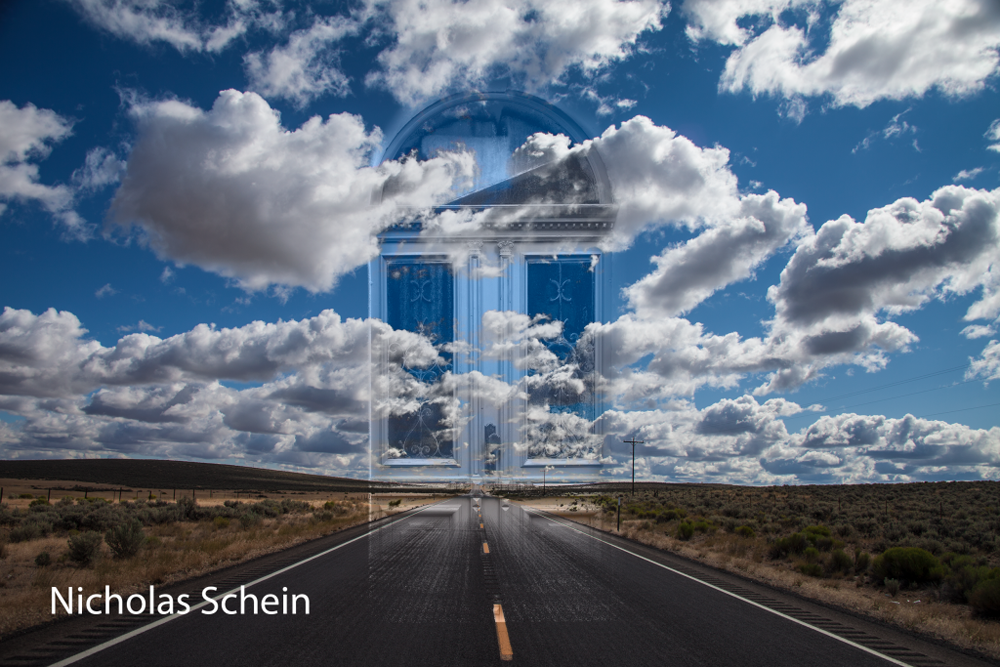In Digital Media, we worked on a number of smaller projects, including the Mandala, the This I Believe Video Production, and various Photoshop compositions.
Mandala
The Mandala was our first Digital Media project. We created a circle, then split it into multiple sections. We then formatted it such that drawing in one section would be replicated in each other section, to create that circular, constant pattern that is a defining trait of the Mandala.
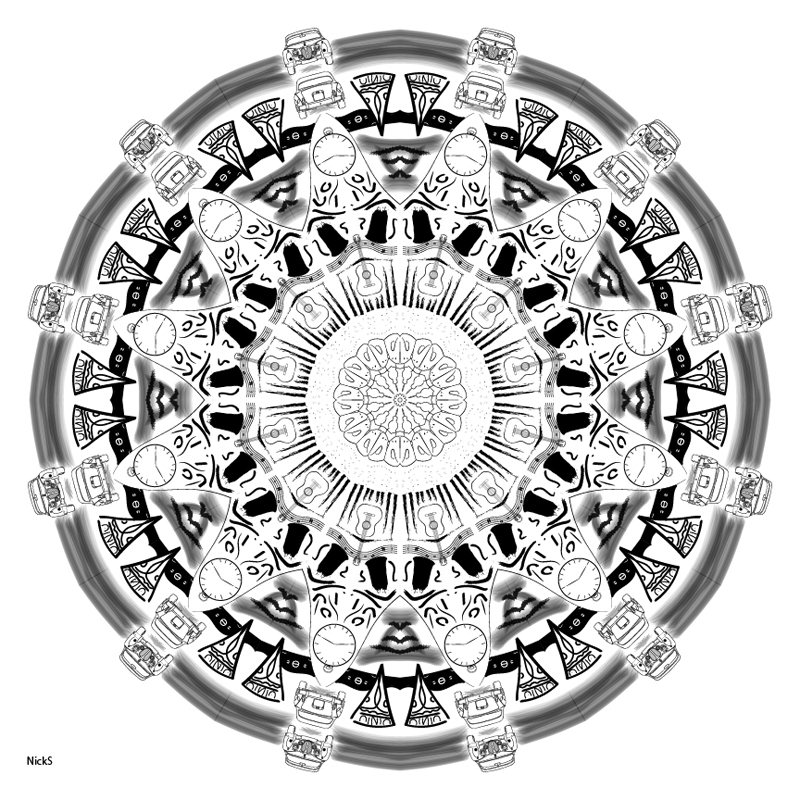
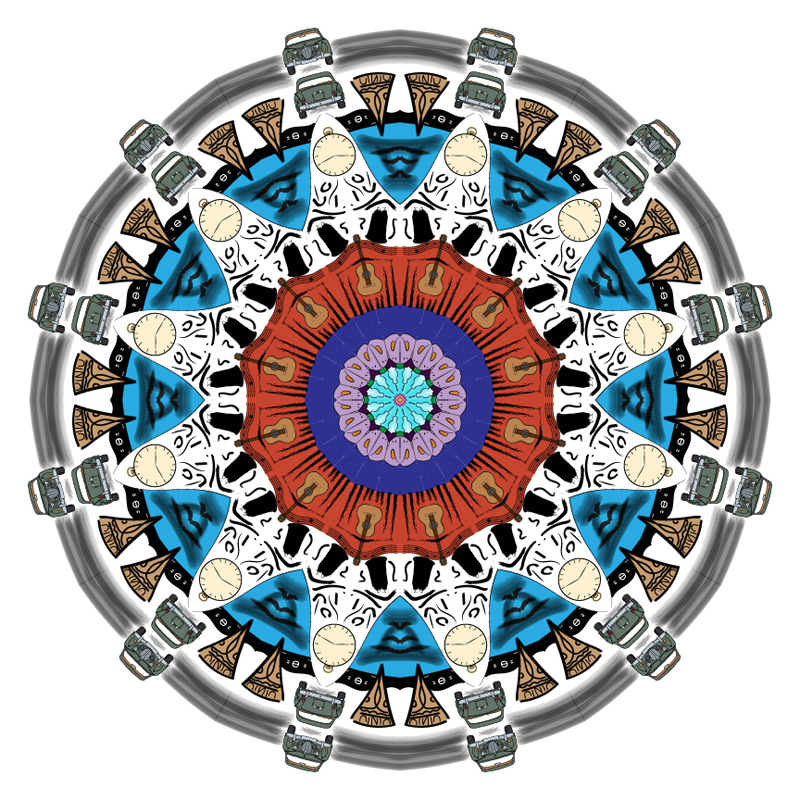
Artist statement: When I heard we were making a mandala, my head jumped to images that I thought represented myself: cars, pocket watches, guitars, and so on. As I was making my mandala, I realized that my process was rather unique: whilst other students were focusing on intricate lines and shapes, I was more focused on making objects. But what can I say? It’s about as “me” as it gets—even to the interpretation of how to make one!
Mandala Finished Production
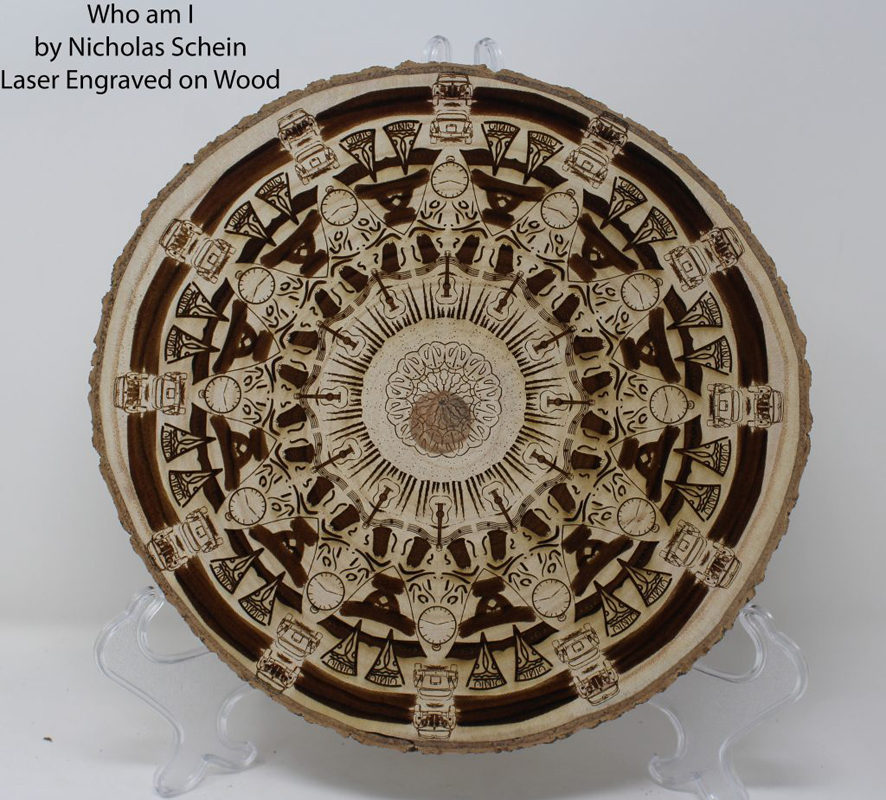
This I Believe Video Production
Our second project for Digital Media was to create a video, in after affects, about something we believed in. Firstly, we had to write the essay itself: I decided to write about work. As a student, I did not work as hard as I should’ve in my freshman and sophomore year, which I believe stemmed from doing well in school at a younger age. I described my process of realizing what I was doing wasn’t adequate, how I improved, and what effect that improvement had upon me. Below is the video.
The Essay:
I BELIEVE IN HARD WORK, after seeing its effect firsthand.
When I was young, “hard work” would not have been a phrase that would garner my attention. As a child, I found school incredibly easy, and excelled in english, math, and science classes, often having little to no homework—I would complete it in class the day it was assigned. And as the all-A’s report cards rolled in, I had the idea drilled into my brain that a little work went a long way, and developed the mindset that I didn’t need to do more work than what was absolutely necessary.
In my freshman, and, to a lesser extent, my sophomore year, I wasn’t a particularly good student. Entering high school, I made the mistake of trying to skimp on classwork—I faced school with the idea that I would apply the least amount of labor possible to scrape by. Naturally, I floundered in my classes as a result.
My stress levels built up, and my parents, who lived by the motto “Work Hard”, inadvertently added to the problem by attempting to fix it. As a result, my freshman and sophomore years were the worst years of my life both academically and in terms of mental health. The buildup of stress caused me to reduce my effort and increase procrastination, resulting in a buildup of schoolwork to be done and in turn more stress. It was a never ending cycle, that progressively got worse.
The summer of my junior year, I was forced to come to terms with my grades, particularly once I started writing essays to preemptively tackle college applications. I had an epiphany, and decided that I had to take a different approach to my work ethic to improve my mental health and overall quality of life. Instead of focusing on the bare minimum, I would try to actually accomplish something. I dealt with the short-term increase in stress required to do my work well and on time, but reaped the benefits.
As the year progressed, I kept a solid understanding of the topics in my classes, and didn’t find my grades or understanding falling below my expectations. My overall stress fell greatly, and made my junior year, often considered the hardest and most stressful year in high school, one of the most enjoyable years of my life overall.
I feel that this is solid proof behind the creation of the phrase “work hard, play hard”. As a child, I had no understanding of the meaning behind these words, as I had never been in such a position before. As a young adult nearly entering college, my workload has tremendously increased, and given me the perspective I needed to understand the virtues of working hard. Old habits are still hard to break, but I find myself struggling every day to feel that bliss of checking the final task off my work schedule.
Essay Artist Statement:
I started revising my essay with grammatical changes, and reading grammatical suggestions from my peers’ comments. One peer suggested that I explain how I came to my summer epiphany, so I added some explanation as to what caused me to change. Another suggestion I received was to replace some of my uses of the word “work”, as it had become rather repetitive. I changed phrases so I could use terms such as “effort” and “labor”, as well as using verbs like “procrastinate” instead of “do less work”, which also sounded better and smoothed the flow of the essay.
Photoshop Art
Our last set of projects in Digital Media focused on Photoshop: using it to paint digitally, as well as to apply effects to art and/or photos.
Pastel Painting
The first painting we did in Photoshop had a pastel effect: we downloaded brushed for photoshop that had a pastel effect.
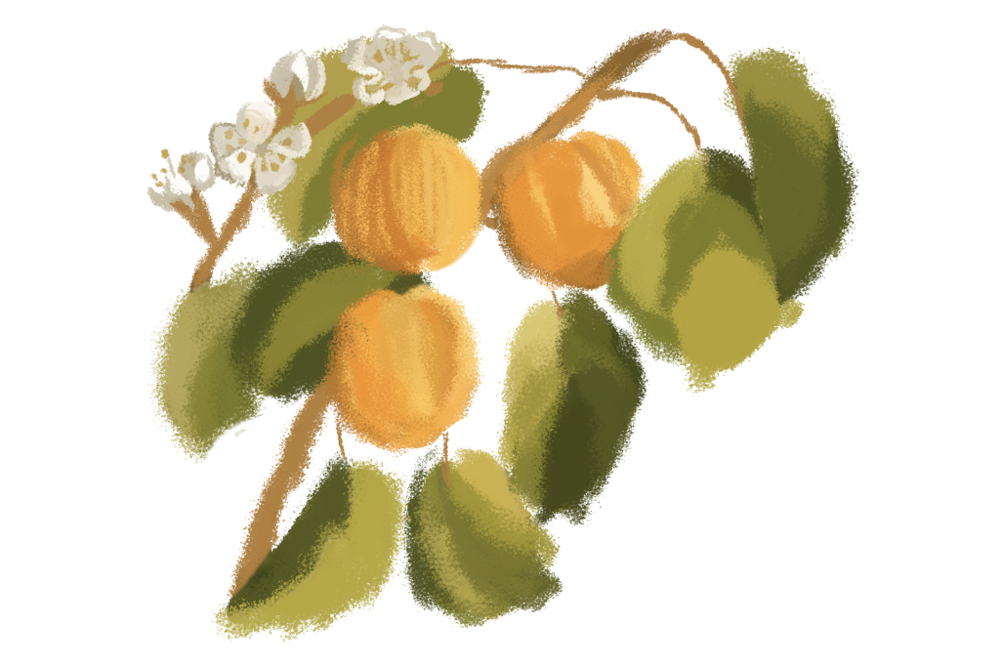
Watercolor Painting
Our next compositions used specialized watercolor brushes, as well as textured paper to make that painting look truly like a watercolor.
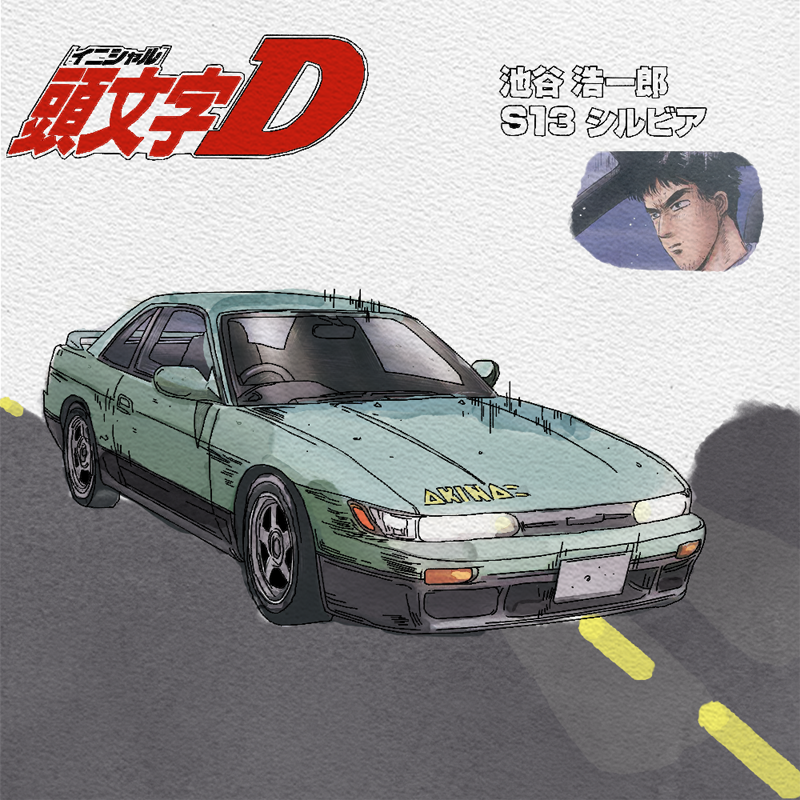
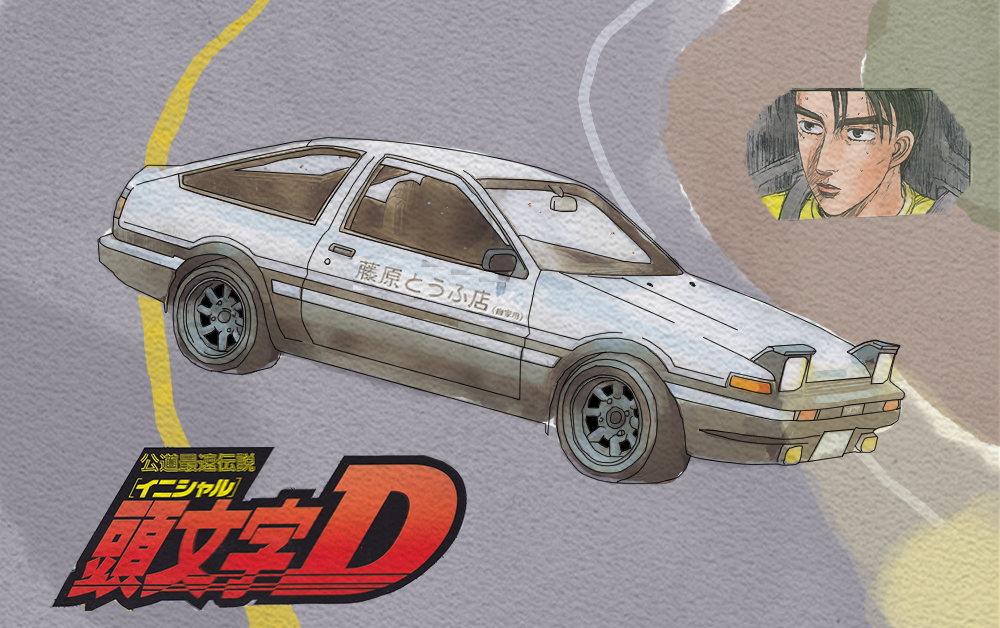
When I heard we were making watercolor paintings, my head immediately jumped to painting this vehicle. I have painted various vehicles from the same car-based manga, Initial D, made famous in the 90s by its anime (It saw a resurgence in the past 5 or so years—in fact, certain car prices have jumped as a result!) The first vehicle I painted was this one (admittedly not so well), so I decided that I might as well use it for my first digital watercolor painting. Unlike many other watercolor paintings, mine uses hard outlines—as a result, it’s less “soft” or “warm” and might not quite match the traditional idea of watercolor, but I felt it matched the art style and subject better. My only complaint is the lack of movement in the second painting: I should have added some blue, or motion lines or dirt/smoke to indicate movement.
Photoshop Compositing
Our next Photoshop exercise included mixing our own photos together. The process included masking, color correction, cutting out parts and pieces, and was a rather fun process overall.
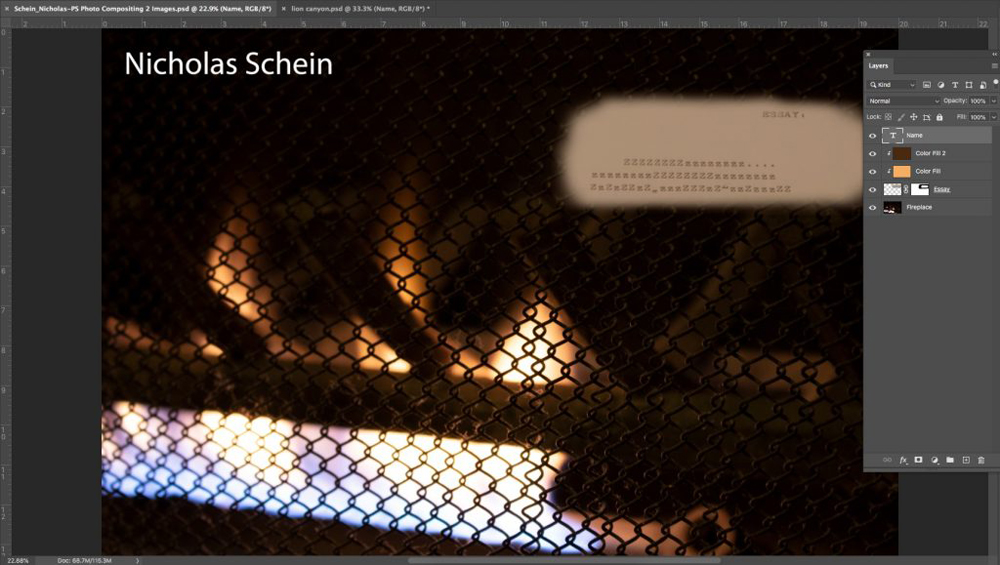

Photoshop Compositing 2
For the continuation of the Photoshop Compositing project, we got a little more advanced. We used gradients, curves, blend if sliders, refining edges, and other more complicated actions.
